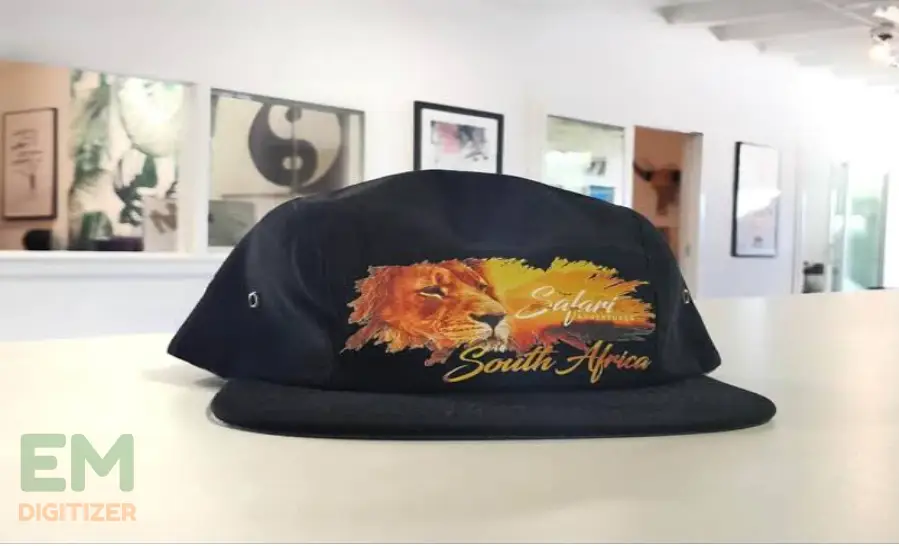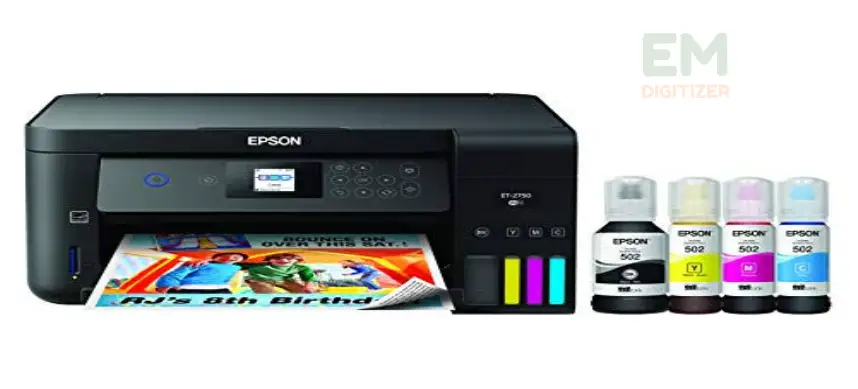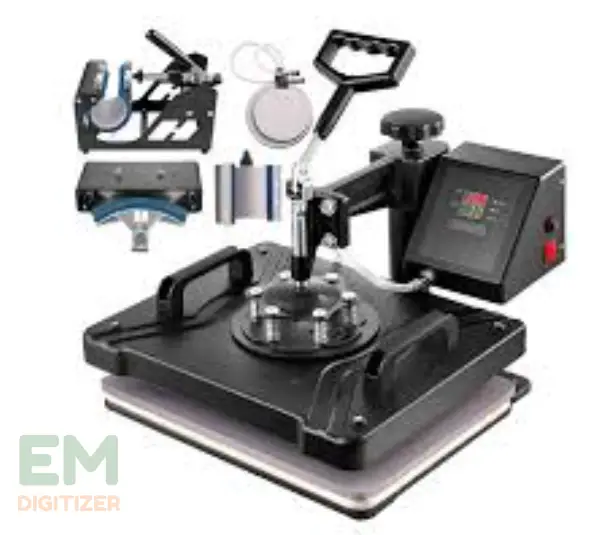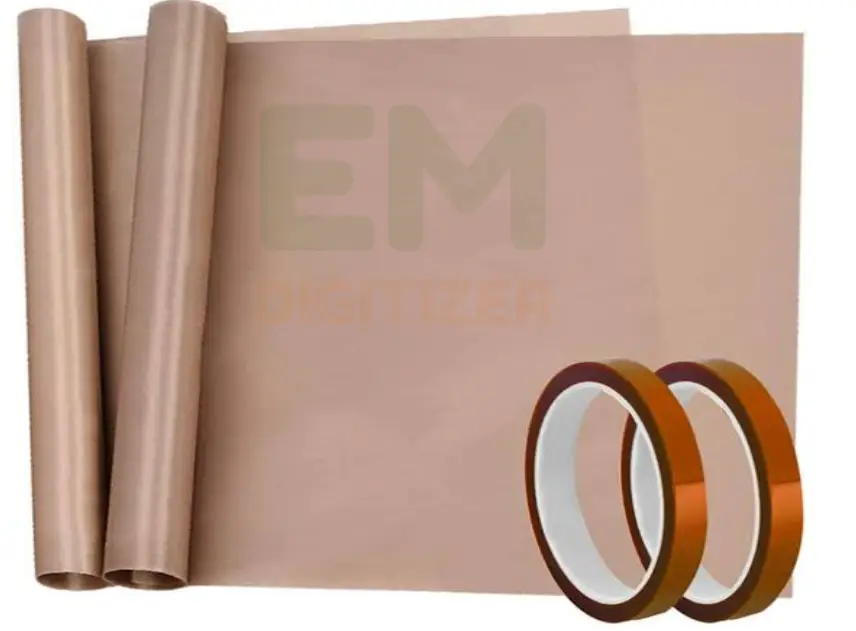Water-Based Heat Transfer Printing: Complete Tutorial

You have all heard about different kinds of printing methods and can use them accordingly. In this blog, I will discuss one such method which is water-based heat transfer printing which has gained popularity for its versatility, durability, and eco-friendliness.
From understanding the basics and necessary materials, to complete instructions and troubleshooting tips, this comprehensive guide will equip you with the knowledge and skills to create vibrant and long-lasting prints on various fabrics.
Here is a complete guide on start a Heat Transfer Business From Home
If you are looking for embroidery digitizing services, EMDigitizer is one of the best embroidery digitizing companies. Providing all types of embroidery digitizing Services. I recommend you try digitizing services.
Order NowGet Free QuoteTable of Contents
Overview
Demand for water-based heat transfer printing is rising for many reasons including cost-effective methods and printed materials like fabrics that can be easily worn out keeping in mind the environmental concerns.
Here is a complete guide on start a Heat Transfer Business From Home
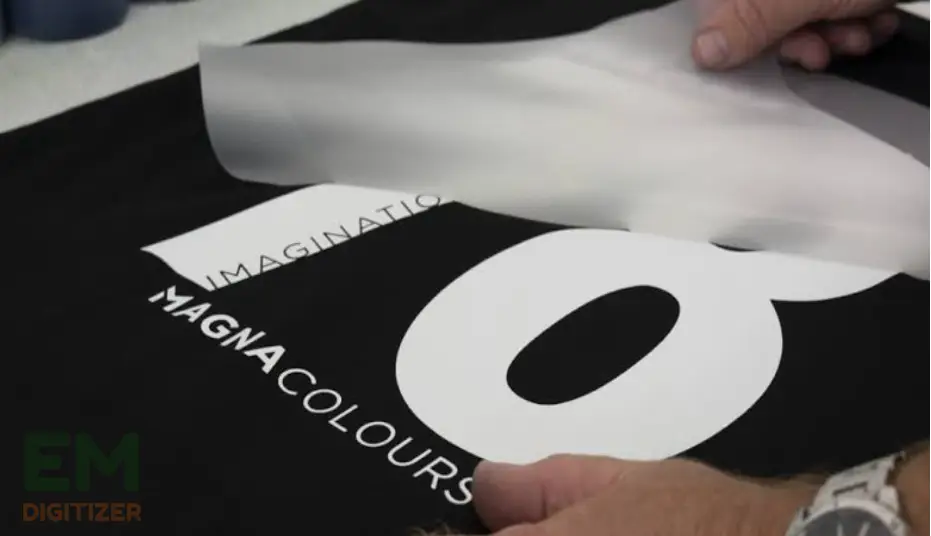
The use of inks of vibrant colors to print a high-class design that is water-based replaced the need for digitizing designs in the case of embroidered hats that require more cost.
Whether you’re a DIY enthusiast or a business owner looking for an alternative to traditional screen printing, this complete tutorial will guide you through the ins and outs of water-based heat transfer printing.
Here is a complete guide on 3 incredible ways to start a business with a heat press
Advantages:
Whether you’re looking to personalize clothing, create unique home decor items, or add a professional touch to promotional merchandise, this printing technique can help you achieve stunning results.
Look at some of more benefits:
- It does not require any additional chemicals or solvents, making it a safer and more eco-friendly printing method among all.
- You can easily print a variety of designs without having to purchase additional tools and expensive setup costs.
- This printing method excels in reproducing vibrant, multicolor designs with fine details and gradients.
Necessary Materials For Water-based Heat Transfer Printing
Having the right materials is crucial for a successful outcome when it comes to water-based heat transfer printing. This is the list of necessary materials you’ll need to get started:
Water-based Heat Transfer Paper:
This special type of paper is designed to hold the ink and transfer it onto the fabric when heat is applied by adhering to its fiber content.
So make sure to choose a high-quality transfer paper that is compatible with your printer and the fabric you will be using.
Inkjet Printer:
You will need a specific printer to print the designs onto the heat transfer paper. One of the most recommended is an inkjet printer.
The ink used in this printer is specific that is purely water-based and will adhere properly to the special transfer paper.
Heat Press Machine:
It is a specially designed machine for the sake of heat transfer printing. The use of this machine varies according to the shape of the material and the type of printing which could be vinyl, sublimated or transfer printing, etc.
This device applies heat and pressure to activate the ink and ensure a long-lasting transfer. Choose wisely that allows easy temperature and pressure adjustment for better control over the printing process.
Are you trying to decide if heat transfer or sublimation is a better choice? Check out this article.
Substrate:
It could be fabrics, ceramics, metals, plastics, and more according to your personal preference. So the key point is that whatever you choose must be compatible with water-based heat transfer inks.
Protective Parchment Paper Or Teflon Sheet:
This sheet will prevent any ink transfer or damage to the machine. Simply place a protective layer of parchment paper or a Teflon sheet between the heat press plate and the transfer paper/fabric to avoid potential loss.
Heat-resistant Tape:
This tap will help you to secure the transfer paper onto the fabric during the heat process and prevent any shifting or movement that could result in a blurry or distorted print.
Scissors Or Cutting Tools:
Depending on the size and shape of your design, you may need scissors or cutting tools to trim the excess transfer paper before applying it to the fabric.
Having these necessary materials on hand will ensure that you are well-equipped to begin your water-based heat transfer printing journey.
To learn more about the best types of embroidery scissors and how to use them for different projects, go here.
A Complete Guide To Water-based Heat Transfer Printing
Water-based heat transfer printing has been a popular method for decades due to its versatility among printing enthusiasts.
It offers excellent color vibrancy, durability, and a soft feel. So let’s get started with the step-by-step procedure of heat transfer printing so you can create your custom designs with ease.
Step 1:
Firstly, go and gather the must-have materials you will need for heat transfer printing that are aforementioned. But make sure not to compromise on the quality of tools for better results.
Here is a list of helpful embroidery tools and supplies you may employ to boost the revenue of your business.
Step 2:
The Second step in water-based heat transfer printing is to select a suitable design or artwork. This can be done by either creating your design or choosing one from a premade selection from an online resource.
To get high-quality embroidery designs for free, visit our website.
Once you have your design ready, it needs to be printed onto a special transfer paper using water-based inks, and make sure to reverse the image horizontally so that it appears correctly when transferred.
Then load the water-based heat transfer paper into your printer and print the design onto the glossy side of the paper. Allow the paint to dry completely before proceeding to the next step.
Step 3:
Pre-wash and dry the fabric or material you will be printing on to remove any residues or wrinkles. This will ensure a clean and smooth surface for the transfer. If necessary, iron the fabric to remove any remaining wrinkles.
Explore the blog to learn about the best tips for washing and ironing embroidered clothes.
Step 4:
Next, the transfer paper with the design is placed onto the desired surface, whether it’s a t-shirt, a mug, or any other material. Double-check:
- The surface should be clean and free from any dust or debris to ensure a smooth transfer.
- You may secure it in place with heat-resistant tape if needed.
Step 5:
Set your iron or heat press machine to the appropriate temperature specified by the manufacturer and apply firm and even pressure while moving the iron or heat press across the entire design area.
Ensure that each part of the design receives sufficient heat and pressure for the ink to transfer properly.
To get the complete guide on how to establish your own heat transfer business, go to this blog.
Step 6:
Now allow the transfer to cool for a few seconds before carefully peeling off the paper backing. Let’s start from one corner and slowly peel back, ensuring that the design has adhered to the fabric.
If any areas did not transfer fully, reapply heat and pressure, focusing on those areas to prevent any missed piece of design.
Last Step:
Once you have finished transferring, let it cool completely. To further enhance the longevity of the printed design, it is recommended to wash the item gently and avoid using harsh detergents or bleach. This will help preserve the colors and prevent any fading or cracking.
Troubleshooting Tips And Common Mistakes To Avoid
While water-based heat transfer printing is great for creating vibrant designs but it’s not without its challenges like other methods.
Here I will demonstrate some of the common mistakes that I faced and give you tips so you can avoid them while dealing with the heat transfer printing method.
Here are a few typical screen printing issues that users encounter and remedies to ensure that they do not have an impact on the final appearance of prints.
Applying Too Much Pressure
One common mistake to watch out for is using too much or too little pressure during the heat transfer process. If you apply too much pressure, it can cause the design to blur or distort, while too little pressure may result in incomplete or uneven transfers.
Solution: To avoid this, make sure to follow the recommended pressure guidelines provided by the manufacturer and frequently check the pressure settings on your heat press machine.
Excessive Heat Exposure
Another mistake to avoid is using excessive heat. While heat is necessary to activate the adhesive and adhere the design to the surface, excessive heat can cause the colors to fade or even scorch the fabric.
Additional Tips:
1– Make sure to adjust the temperature settings on your heat press machine according to the recommended guidelines for the specific water-based heat transfer paper you are using.
2- Additionally, it’s crucial to properly pre-treat the surface before applying the heat transfer design. Failure to adequately prepare the surface can result in poor adhesion and a less durable print.
3- Ensure that the material surface is clean, free from any oils or dirt, and appropriately prepared according to the manufacturer’s instructions.
4– Lastly, be mindful of the drying time for the water-based heat transfer prints. Rushing the drying process can lead to smudging or smearing of the design.
5- Allow sufficient time for the print to fully dry before handling or packaging the finished product.
Conclusion
I hope you get the basic information if you are thinking of starting your own water-based heat transfer printing business. By giving a little attention to the steps outlined in the guide, you will surely achieve superb prints.
For amazing projects, try to use this method on your everyday items and accessories like t-shirts, tote bags, and more to make the kind of masterpiece no one in the town has.
There are a lot of options to choose from that are imprinted with this method like fabrics (polyester or cotton), and accessories like glass, mugs, hats, etc.
The eco-friendly nature of this method is due to the water-based inks that are non-toxic and have lower VOC emissions, reducing the environmental impact.
One of the best advantages offered by this method is its durability. Heat transfer prints are washable and can preserve colors but avoid using harsh chemicals and detergents.
If you have any questions leave the comments or you can visit our social channels for more updates regularly. We provide embroidery digitizing services if you need digitizing services feel free to contact us or email us.
